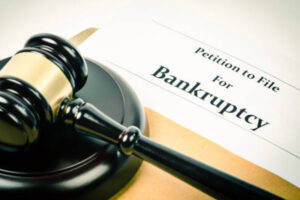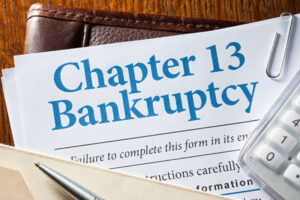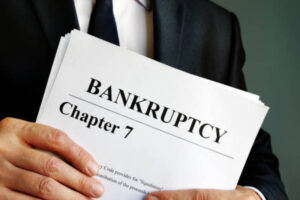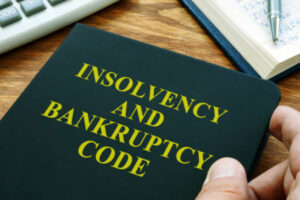Chapter 11 bankruptcy is one of the most expensive forms of bankruptcy, but it can be the most beneficial for business owners. The process involves restructuring a business’s finances, allowing it to stay open while repaying its debts.
As a result, most business owners who choose this option can keep their business and maintain control of operations.
However, there are pitfalls associated with this procedure. For example, if the bankruptcy court finds enough cause, it can appoint a trustee to take over the company and the assets.
If your business is small, you may be personally responsible for the debts, so your personal assets are not protected. However, if you have a business and owe back taxes, a Chapter 11 filing can protect both your personal and business assets.
If your business is planning on filing for Chapter 11, it will be difficult to get new credit. You will have to obtain the permission of the bankruptcy court, and it requires a higher interest rate than a Chapter 7 or 13 bankruptcy.
Before choosing to file for a chapter 11 bankruptcy, make sure you understand the benefits of filing a bankruptcy petition.
Under Chapter 11 bankruptcy, a debtor can rewrite the mortgage on their property and pay a reduced interest rate. This will lower their monthly payment and help them get their property back on track.
In most cases, Chapter 11 bankruptcy can help people whose debts are less than $1,184,200 in secured debt, and $394,725 in unsecured debt. However, if the debtor has more than three creditors, the court will compel them to file a Chapter 11.
A Chapter 11 filing will typically involve a corporation or partnership. Individuals and married couples can also file under this type of bankruptcy.
In both cases, however, the debtor must meet certain requirements. Most creditors view Chapter 11 as a chance to recoup more money than they would with another form of bankruptcy.
Besides, the business will continue to operate and will generate cash flow during the reorganization process.
The process is typically more costly than filing for a chapter 13 bankruptcy. In most cases, a debtor in possession is responsible for filing the bankruptcy and meeting reporting requirements.
This includes submitting operating reports and fees to creditors. It is important to plan ahead and make sure that the bankruptcy case will be successful.
You should also remember that the bankruptcy trustee’s job is to protect the interests of the stakeholders and creditors.
Unlike Chapter 7 bankruptcy, Chapter 11 allows a business to continue operating while it restructures its finances. In contrast, a Chapter 7 bankruptcy liquidates the business’s assets, and creditors get little in return.
Chapter 11 bankruptcy encourages creditors to accept the plan, as it provides a chance for the business to keep operating while the company is being reorganized.
This type of bankruptcy is often referred to as a wage earner’s bankruptcy, as it allows the business to stay open.
Chapter 11 is often called “reorganization bankruptcy” because it allows companies to restructure their finances after a bankruptcy has been declared. It can be a voluntary filing, or a forced one.
A company filing for Chapter 11 will have a plan in place for the future. You may need to hire a lawyer to help you understand the process.









